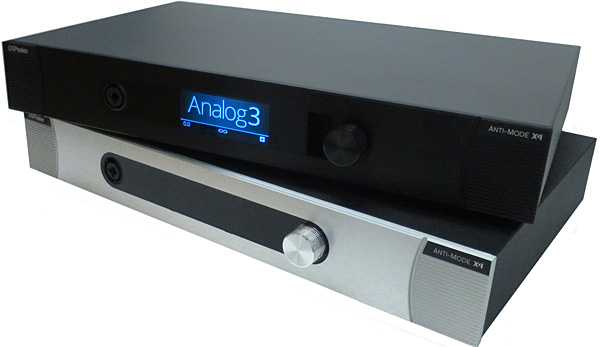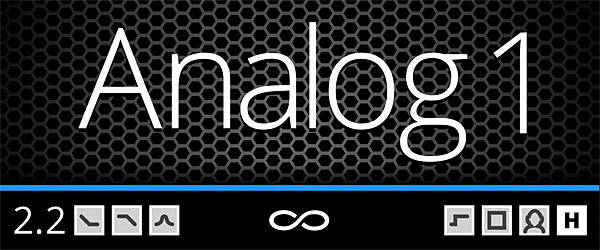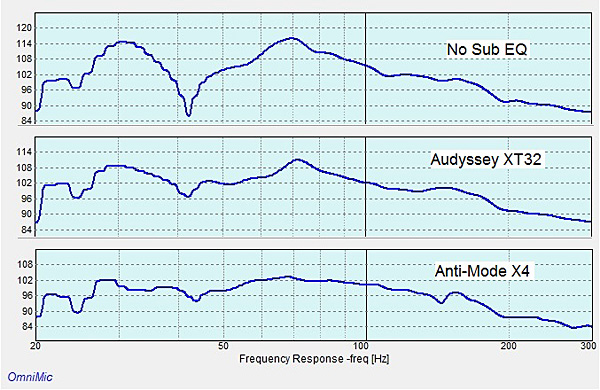| Columns Retired Columns & Blogs |
Re: The X4 and "THD of <0.000%" -- that's an unusually low THD, yes?
Nice review, but I'm not at all surprised that with all of the bells and whistles of this device, that the most immediate benefit you seem to have gotten is to clean up the bass (unless I missed something).











































